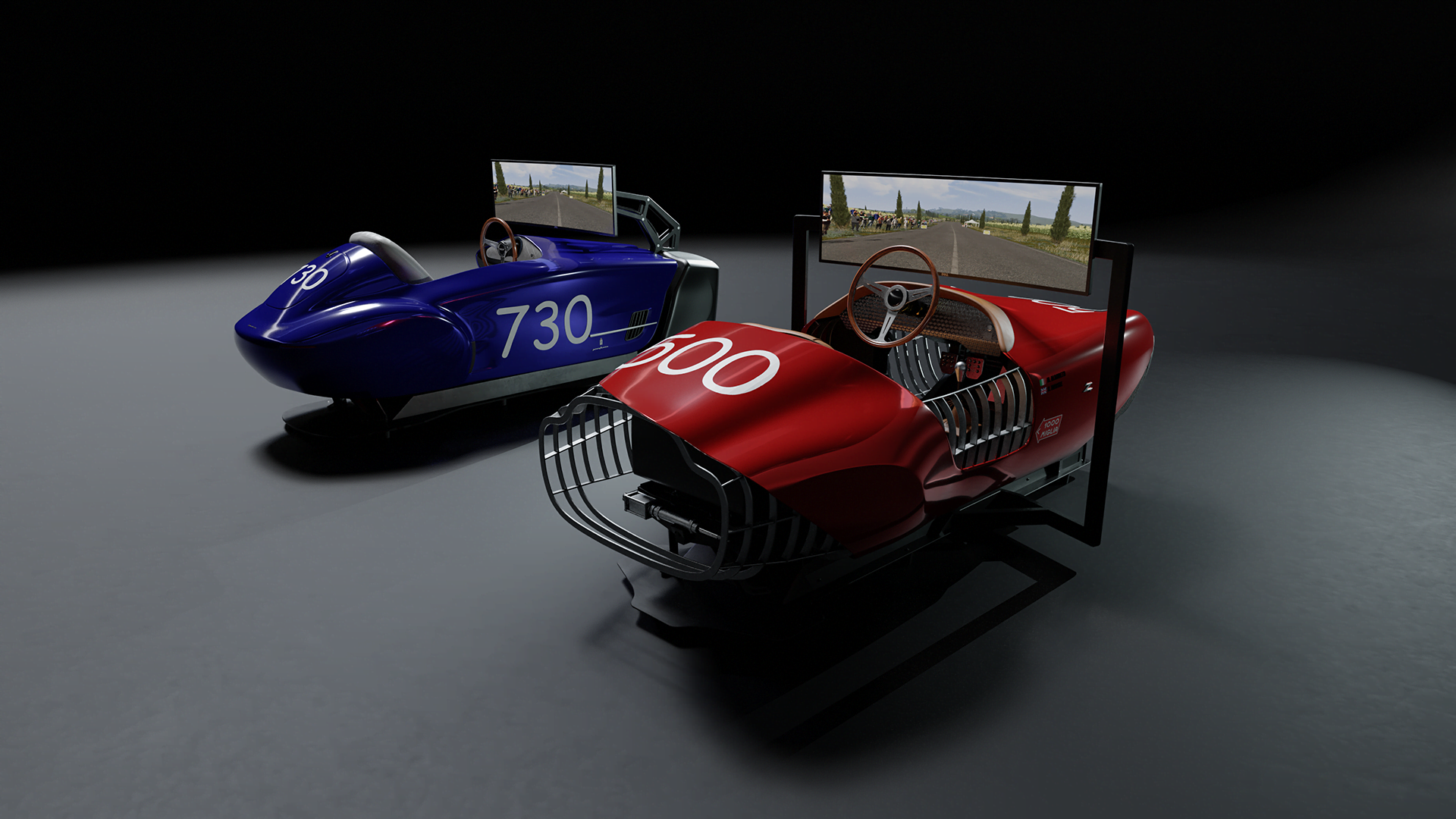Max Verstappen and Sim Racing Academies: Turning Virtual Drivers into Real Racers
11 October 2025 1 min read 4 images

Photo credit: Ferrari, Nissan
In May 2024, while winning the Emilia-Romagna Formula 1 Grand Prix in Imola, Max Verstappen also won the virtual 24 Hours of Nürburgring, demonstrating in a striking way that the boundary between reality and simulation can also be crossed by a champion of his calibre. This double victory was not a marketing ploy, but a symbolic gesture that reaffirms how sim racing is no longer a marginal game, but an integral part of motorsport.

Subsequently, on 27 September 2025, Verstappen, again on the long and extremely difficult “old” Nurburgring, won on his debut in the 4 Hours of Barbarossapreis, the ninth round of the endurance race series held on that circuit, at the wheel of a Ferrari 296 GT3. Some may say, ‘Big deal, he's the Formula 1 World Champion,’ without taking into account that the race is run in pairs. So who was the teammate capable of driving at a level very close to his? His name, completely unknown, is Chris Lulham, a young Englishman who is part of the Team Redline / Verstappen.com nursery owned by Max Verstappen.
This story allows us to discover something very interesting: first of all, Max has already decided that his future, after Formula 1, will be in motorsport as an entrepreneur as well as a driver: he admits this himself. Secondly, due to his great passion for Sim Racing, he is experimenting with the possibility of nurturing real motorsport talent through simulated driving. Chris Lulham is just one example.

Team Redline / Verstappen.com is already a bridge between the digital and real worlds, allowing young people who excel at simulators to absorb methodology, data reading and interpretation, technical discipline and awareness of their own value. Team Redline is an active talent pool, a training ground where the virtual steering wheel is not a substitute but a training module. It should not be forgotten, in fact, that racing at the highest levels today is a mix of traditional driving and continuous interaction with the team and one's own car engineer, who provides guidance and suggestions to be taken on board and applied. This was unheard of a few years ago. In this scenario, the name of Jann Mardenborough, one of the pioneers of the sim-to-real path, inevitably comes to mind. Starting with a PlayStation and the Gran Turismo video game, he won the GT Academy organised by Nissan and Sony, which opened the doors to real racing: first in the Japanese manufacturer's youth programme, then on to the 24 Hours of Le Mans and single-seater championships. His story has become so iconic that it was brought to the big screen in the 2023 film Gran Turismo, where it is told as an emblem of how a talent born in front of a console can transform into a professional driver.

Today, it is clear that simulators are no longer an accessory or a substitute for passion, but its natural extension. Technologies such as those developed by Roarington, in collaboration with Pininfarina and Zagato, allow not only the driving dynamics and response of the controls to be reproduced, but also the smallest details of a track: the height of the kerbs, the compressions, the gradients of the bends. In this way, even those who love historic cars can arrive at the track already knowing the secrets of the route, with the possibility of even experimenting with different set-ups for the car. You no longer go in the dark, as was once the case: you arrive already trained, in the technical sixth, well aware of lines and references. This allows you to improve your performance and, above all, to tackle the real track with much greater confidence.
Verstappen has already announced that he will participate in the 2026 Nürburgring 24 Hours. This announcement opens up a fascinating scenario: who will be the lucky one to leave their bedroom, step away from the simulator and join the Champion in his real team? Perhaps a virtual talent who is currently working quietly at their desk, destined to move on to the real tracks as a protagonist. Magnificent.



